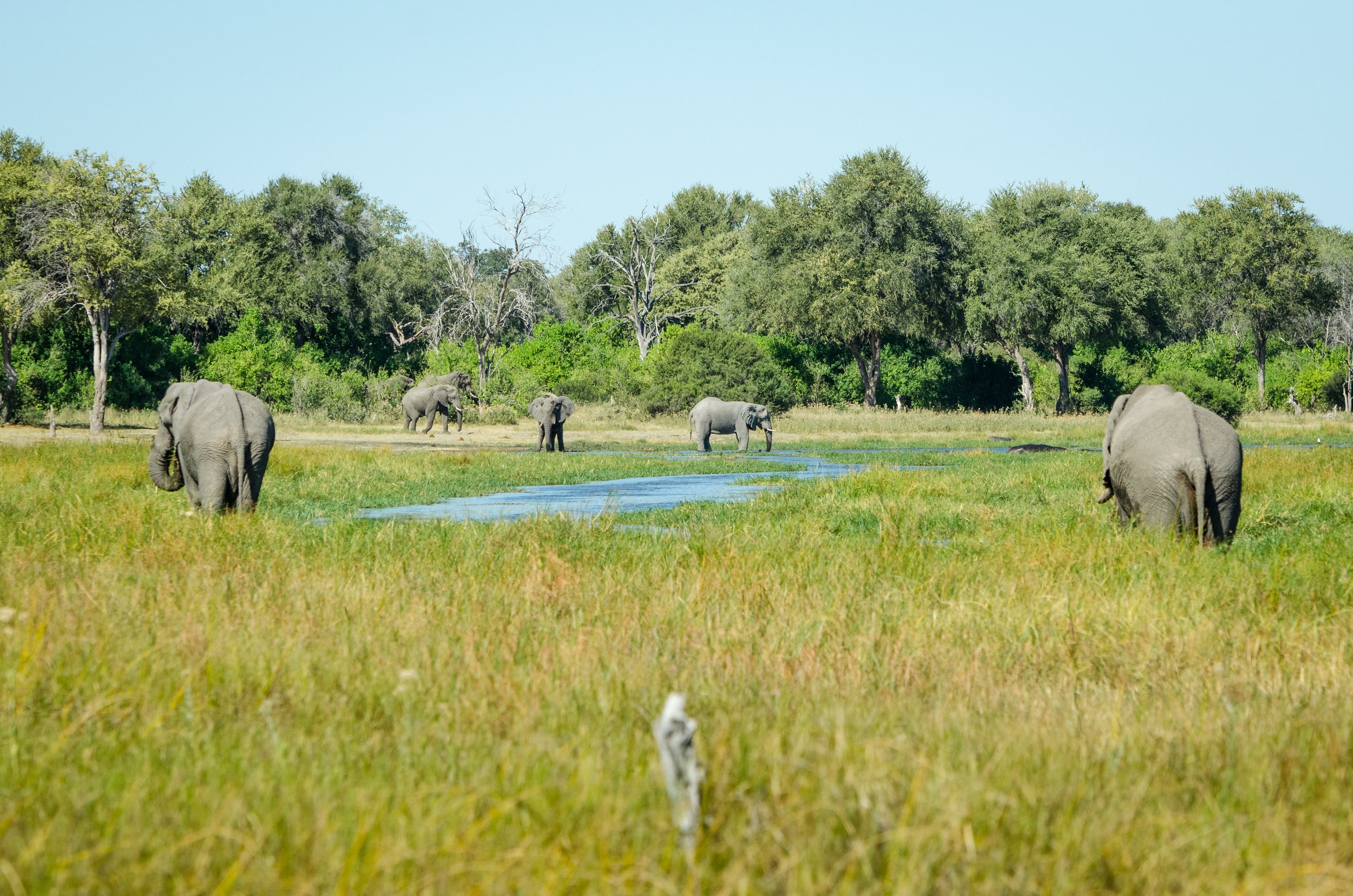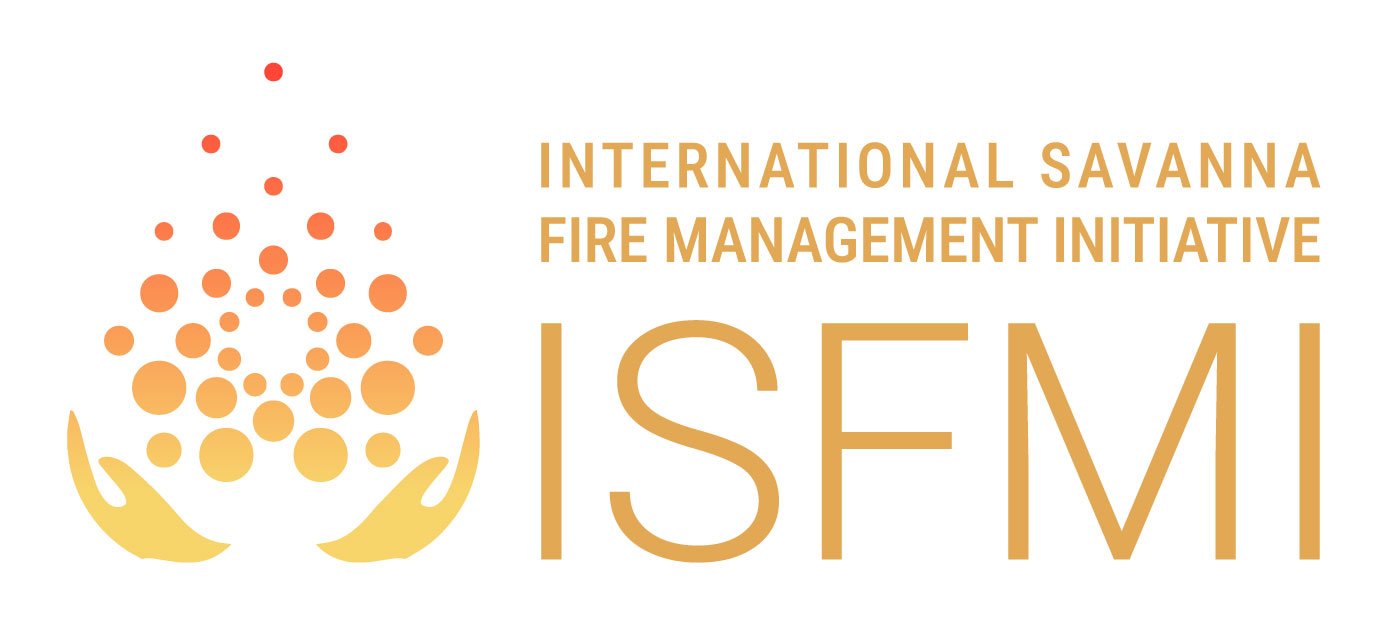
Africa - Regional Profile
Dubbed ‘The Fire Continent’, Africa generates more than 70% of global savanna fire emissions and is a key priority region for the work of the ISFMI.
Overview - Fire in Africa
Landscapes
Africa accounts for one-fifth of the Earth’s total land area and is the world's second largest continent, covering 30.2 million km2 and comprised of 54 countries. Africa is made up of a mosaic of forests and woodlands, mountains, deserts, coastal lands and freshwater ecosystems.
Covering half of Africa’s land area, savanna is the characteristic ecosystem of the continent extending 25 degrees north and south of the equator. Vegetation dominance across Africa’s savanna varies spatially and is manifested regionally as mosaics of forest, grassland, woodland, and shrubland within classical open treed grassland. Categorized as the Tropical and Subtropical Grasslands, Savannas, and Shrublands Biome they form a contiguous band around the central rainforests creating a transition zone between dense forests and arid deserts.
African savannas are characterized as fire-dependent ecosystems, with their ecological processes, structure and species composition having evolved with, and inextricably linked to, fire activity
Fire Traditions
Anthropogenic fires have been critical in shaping the vegetation diversity, abundance, and distribution of southern African savannas over the last 1.5 million years.
Fire has been used in traditional and indigenous management systems to control parasites, stimulate new growth that is palatable to all grazers, prevent bush encroachment, cultivate populations of key resource species of flora and fauna, and preserve long unburned areas.
Recent studies and historical analysis highlight that indigenous fire management practices in various savanna environments have historically created a mosaic burn pattern, which prevented large conflagrations. Application was likely continuous throughout the dry season and linked to specific livelihood activities with burning for hunting and gathering occurring at anytime. Agriculture and pastoral burning occurred at both the beginning and end of the dry season. The progression of small fires throughout the dry season created a seasonal mosaic landscape that is annually re-created by people, which contains patches of unburned, early-burned, and recently-burned vegetation.
With colonisation, and in its aftermath, many governments introduced restrictions on the use of fire as a management tool.
Fire Baseline
Dubbed ‘the Fire Continent’, over the past two decades, savanna fires occurring in sub-Saharan Africa have accounted for over 60% of global fire extent, of which more than half has occurred in the Southern Hemisphere.
Most savanna fire extent is derived from human ignitions and occurs especially in the latter months of the annual dry season typically as wildfire under relatively severe fire weather (hot, windy, low humidity) conditions.
Fire Emissions
More than 70% of global savanna fire emissions are generated in Africa.
Our Work in Africa
Several countries in Sub-Saharan Africa could realise benefits for communities, climate and biodiversity by encouraging the revitalisation of fire management traditions. These include but are not limited to Angola, Botswana, the DRC, Kenya, Mozambique, Namibia, Zambia, Tanzania and Zimbabwe.
Improved cross border fire management has particular potential in Africa, such as within the globally significant Kavango-Zambezi Transfrontier Conservation Area spanning the international borders of five Southern African countries.
Australian Government funded ISFMI pilot projects in Botswana confirmed the technical feasibility of applying emissions reductions fire management methodologies similar to those used in the north of Australia in African conditions. ISFMI has currently active Green Climate Fund readiness projects in Botswana, Mozambique and Zambia, with project preparations underway in Angola.
More Resources
Key resources for learning more about the potential for climate, communities and biodiversity through fire management in Africa.
On this website see also:



